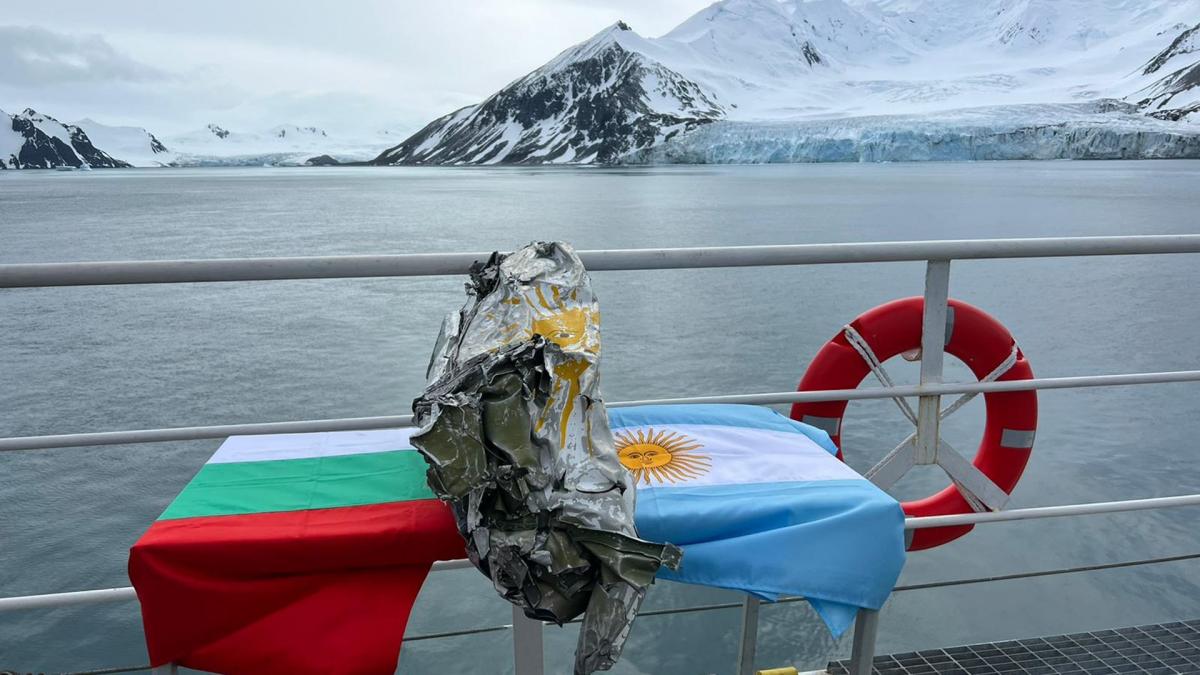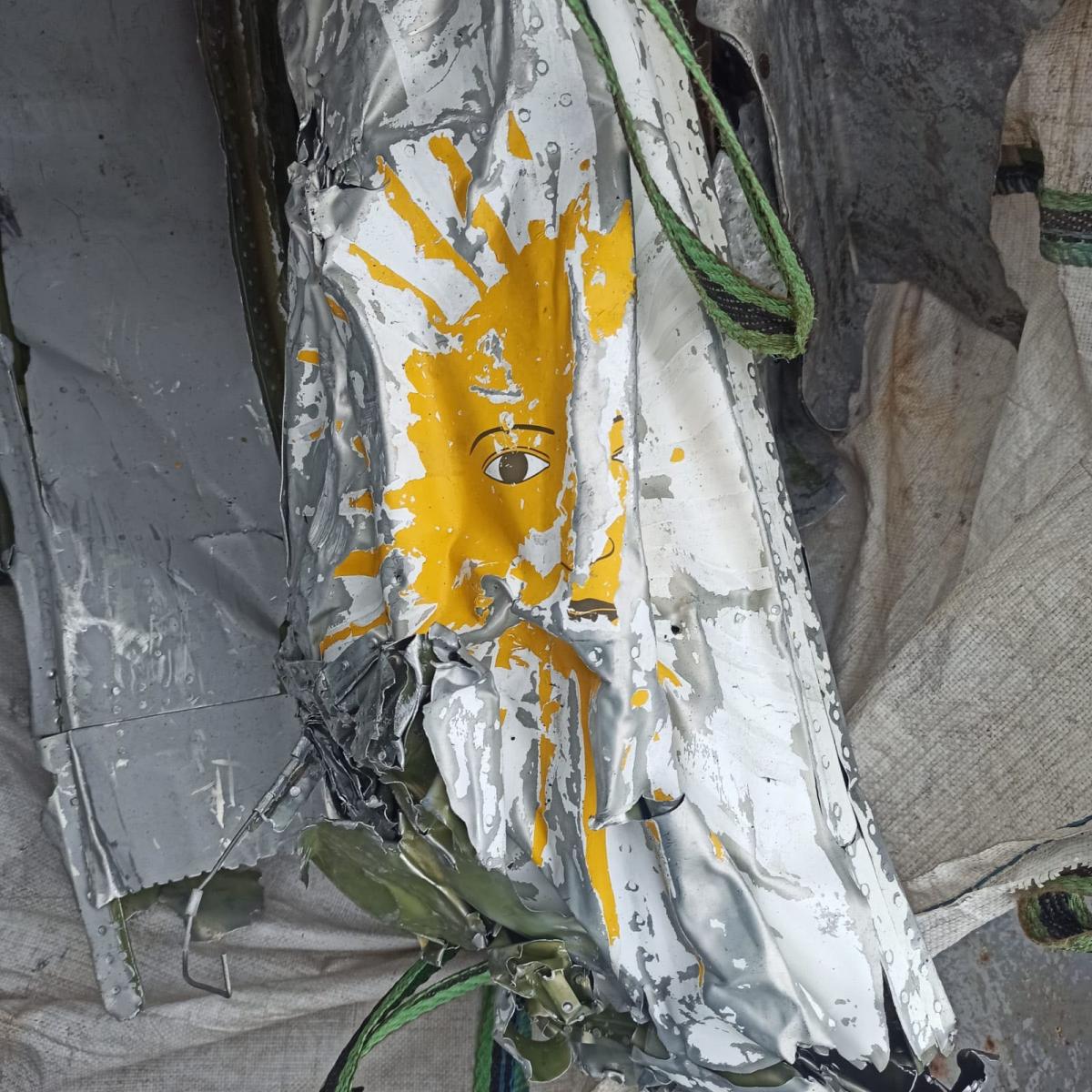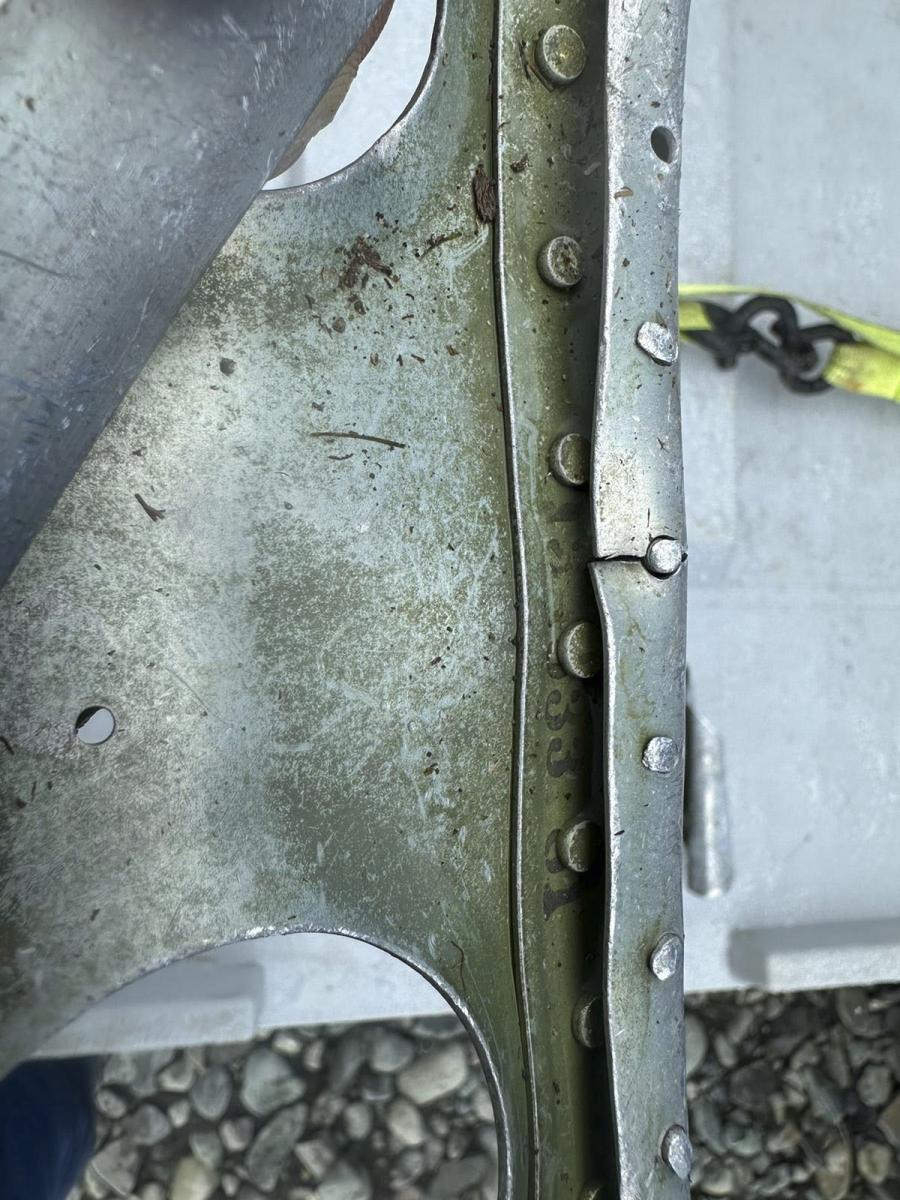A team of Bulgarian researchers exploring the coast of Livingston Island found remains of an Argentine plane that crashed in that Antarctic sector in September 1976, an accident that caused the death of ten soldiers and a journalist, the greatest national tragedy on the continent. white.
The remains of the plane will be delivered to Argentine authorities on February 20 when the Bulgarian expedition stops at the port of Mar del Plata.
The accident
The Netpune maritime surveillance plane, with the registration number 2-P-103 of the Aeronaval Exploration Squadron of the Argentine Navy , had taken off from the Río Grande base on September 15, 1976 with the mission of carrying out a glaciological reconnaissance through of photographs that would allow the icebreaker " General San Martín" to mark a safe transit to supply the Argentine Antarctic bases.
For unknown reasons, it crashed into Mount Barnard, more than 1,700 meters high, in an accident in which its eleven crew members died.

Photo: Bulgarian Antarctic Institute and the Argentine Navy.
In January 1977, a Bell 212 helicopter of the Argentine Army embarked on the icebreaker "General San Martín" deployed a team of mountaineers to the island to try to recover the bodies, but when they wanted to ascend to the accident site, more than a thousand meters away, high, crashed in the area and its three occupants died.
Although the site of the accident was identified and Air Force planes took photographs of the remains during this summer, the authorities at the time gave up mounting another rescue operation so as not to put more lives at risk.
The discovery
On Livingston Island and near Mount Barnard, Bulgaria located the "San Clemente de Ohrid" base in 1988 and the "Academia" shelter in 2004, while its Antarctic program maintains multiple and solid ties of cooperation with Argentina, such as example in the training of crew members of the Bulgarian research vessel "Saints Cyril and Methodius".
On January 29, during one of their explorations along the coast of Falsa Bay to collect biological samples, the Bulgarians found remains of an aircraft that they initially believed to be the Hercules C-130 of the Chilean Air Force that crashed over the Drake's passage in 2019, although contact with Argentine authorities confirmed that it was an Argentine aircraft.
Rear Admiral of the Argentine Navy Marcelo Tarapow served as Joint Antarctic Commander between 2016 and 2017, is president of the Antarctic Academy and was an instructor for many of the crew of the Bulgarian research vessel, which earned him decorations from that country and straits. ties with their students.
In dialogue with Télam, Tarapow said that "the remains were found by the Bulgarians on the beach at the foot of a glacier that originates from Mount Barnard, what happened is that the natural movement of the ice dragged the remains of the plane that 48 years ago crashed at a height of more than a thousand meters to sea level. In some way you can say that the mountain brought them back."

Photo: Bulgarian Antarctic Institute and the Argentine Navy.
"The Bulgarians first believed that they were remains of the Chilean plane, but they sent the photos to me and when I saw the May sun painted there was no doubt that it was an Argentine plane and given the location of the discovery it had to be the Neptune" , he confirmed.
Tarapow assured that the remains will be delivered to Mar del Plata by the Bulgarian ship, which also held a tribute ceremony at the site.
The sailor said that "in personal terms it is a very close story because the son of the pilot of the Neptune was a classmate of mine from primary school and we were both eleven years old when the tragedy happened; we managed to contact the families of nine of the eleven crew members and to "All of them having found at least a part of the plane after so many years is something that helps close a part of the story."
"Although there are photographs that show the remains of the Neptune in the place where it crashed in 1976, the truth is that almost half a century passed and if these remains appeared on the beach it is very likely that nothing is found in the same place as that one. moment so there would be nowhere to direct a new search expedition; the remains found will be landed in Mar del Plata and taken to the Naval Aviation Museum for identification, surely afterwards there will be a ceremony with the families," added Tarapow .
The fallen crew
The crew of the Neptune were Carlos Migliardo (Navy Lieutenant), Arnaldo Mario Mutto (Lieutenant Commander); Miguel Angel Berraz (Navy Lieutenant); Claudio María Cabut (Lieutenant of Lieutenant); Nelson Dario Villagra (Second Warrant Officer); Remberto Eberto Brizuela (Second Petty Officer); Juan Aurelio Noto (Second Warrant Officer); Carlos Omar Campastri (Main Cape); Jesús Oscar Arroyo (Primary Corporal) and Benjamín Pablo Scesa (First Corporal).Rodolfo Rivarola, director of Channel 13, Río Grande Tierra del Fuego, was also on board.
The tribute held last Sunday at the site of the discovery was attended by scientists from the Spanish Geographic Association and Argentine researchers; The event was headed by the Director of the Naval Academy Nikola Vaptsarov and Flotilla Admiral Boyan Mednikarov.

Photo: Bulgarian Antarctic Institute and the Argentine Navy.
Lieutenant Lucas Acosta , representative of the Argentine Naval Force that assists the navigation of the Bulgarian ship in Antarctic waters, recalled the chronology of the collision of the plane and the helicopter, the greatest tragedy in the history of the Argentine presence in Antarctica.
The Bulgarian ambassador to Argentina, Stoyan Mihaylov, who is part of the Bulgarian expedition in Antarctica, said that this tragedy "constitutes an invaluable lesson of the immeasurable challenges, dangers and risks that lie in wait for those who try to bring to light the secrets of the Antarctica".
The Director of the 32nd Bulgarian Antarctic Expedition, Professor Hristo Pimpirev , expressed that the members of these crews worked for science, peace and the future of humanity.
"Sadly, they lost their lives, but they flew towards the sun, as illustrated in the fragments of the aircraft," he added.
The Commanding Officer of the "Saints Cyril and Methodius", Nikolay Danailov , reminded the crew of the importance of complying with safety procedures.


